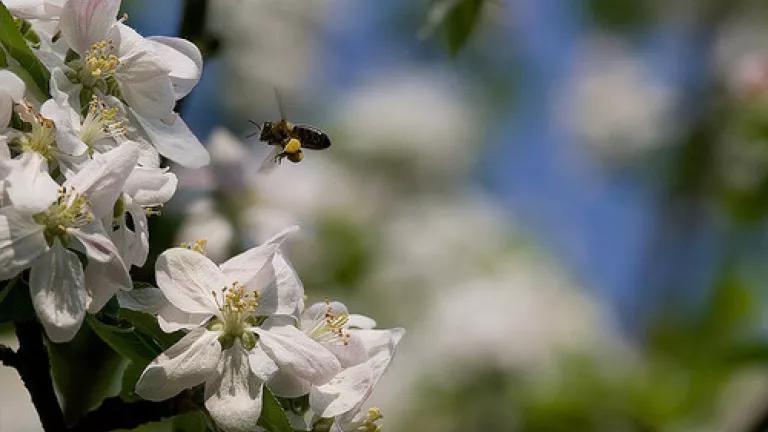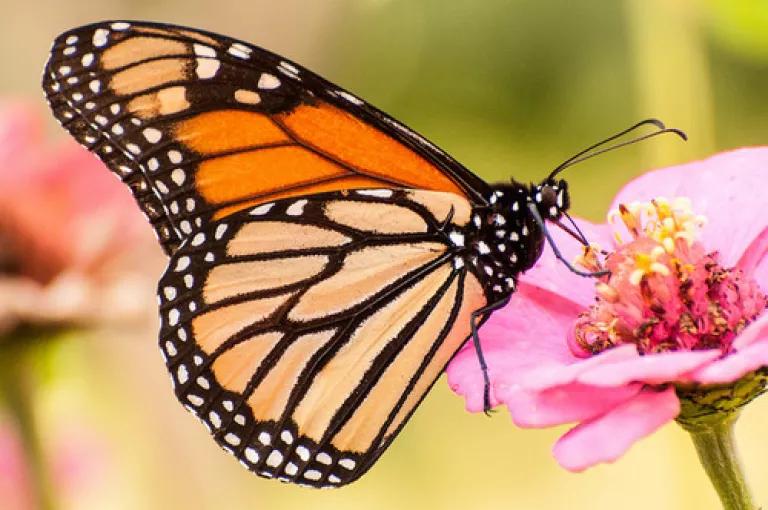
Today New York Governor Andrew Cuomo announced the state has created a taskforce to develop a plan to help protect pollinators. This important announcement is a first step in New York State becoming a leader on this critical issue by recognizing that pollinators, which are vital to our economies and our ecosystems, are under threat.
One particularly striking example of this threat is the plight of the iconic Monarch butterfly. Each fall, the Monarch butterfly migrates from Canada to Mexico and returns north in the spring and summer. Monarchs once numbered up to a billion but are now in rapid decline. This past overwintering, 56.6 million butterflies were counted in the winter grounds in Mexico--in comparison to the 350 million long-term averages seen over the past 15 years, and far below the high of one billion in 1997.

While deforestation on their wintering grounds in Mexico has previously contributed to monarch declines, loss of milkweed across their migration path is now viewed as a significant source of population drops. More specifically, the milkweed plant is the one food monarchs need to survive, but milkweed is disappearing from roadsides and fields due to increased use of the herbicide glyphosate and crops that are genetically modified to be tolerant of glyphosate. To protect monarchs, we need to restore the milkweed habitat--through limiting pesticide use, increasing beneficial plantings, and implementing other good land management practice.
Bees are incredibly important for ecological and economic reasons: those small insects pollinate $15 billion worth of crops in the United States. In fact, one in three mouthfuls of food in the typical American diet has a connection to bee pollination. And here in New York, bees pollinate many of our most important crops, including apples, grapes, cherries, onions, pumpkins, and cauliflower. Apples alone are a $250 million industry in New York.
Alarmingly bees are at significant risk in recent years In the United States alone, more than 25% of the managed bee population has collapsed since 1990, and the total number of hives is now at its lowest in 50 years. While there is no single cause for this decline, a substantial and growing body of evidence has linked a popular class of pesticides called neonicotinoids--or "neonics"--as a significant contributor to the drastic decline in bee populations.
NRDC has made it a priority to save the small but powerful pollinators. At the federal level, NRDC petitioned the EPA to restrict current pesticide uses for their impacts on pollinators and sued to block new pesticides that would increase the harm to pollinators. In certain states, NRDC is working with legislators and communities to increase pollinator habitats and reduce pesticide use. Governor Cuomo is wise to take steps to protect pollinators, which are essential to our economy and our ability to put fresh food on our tables.

